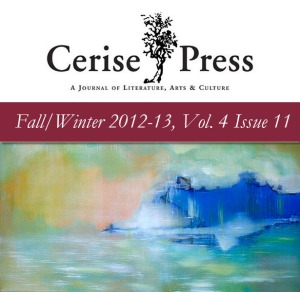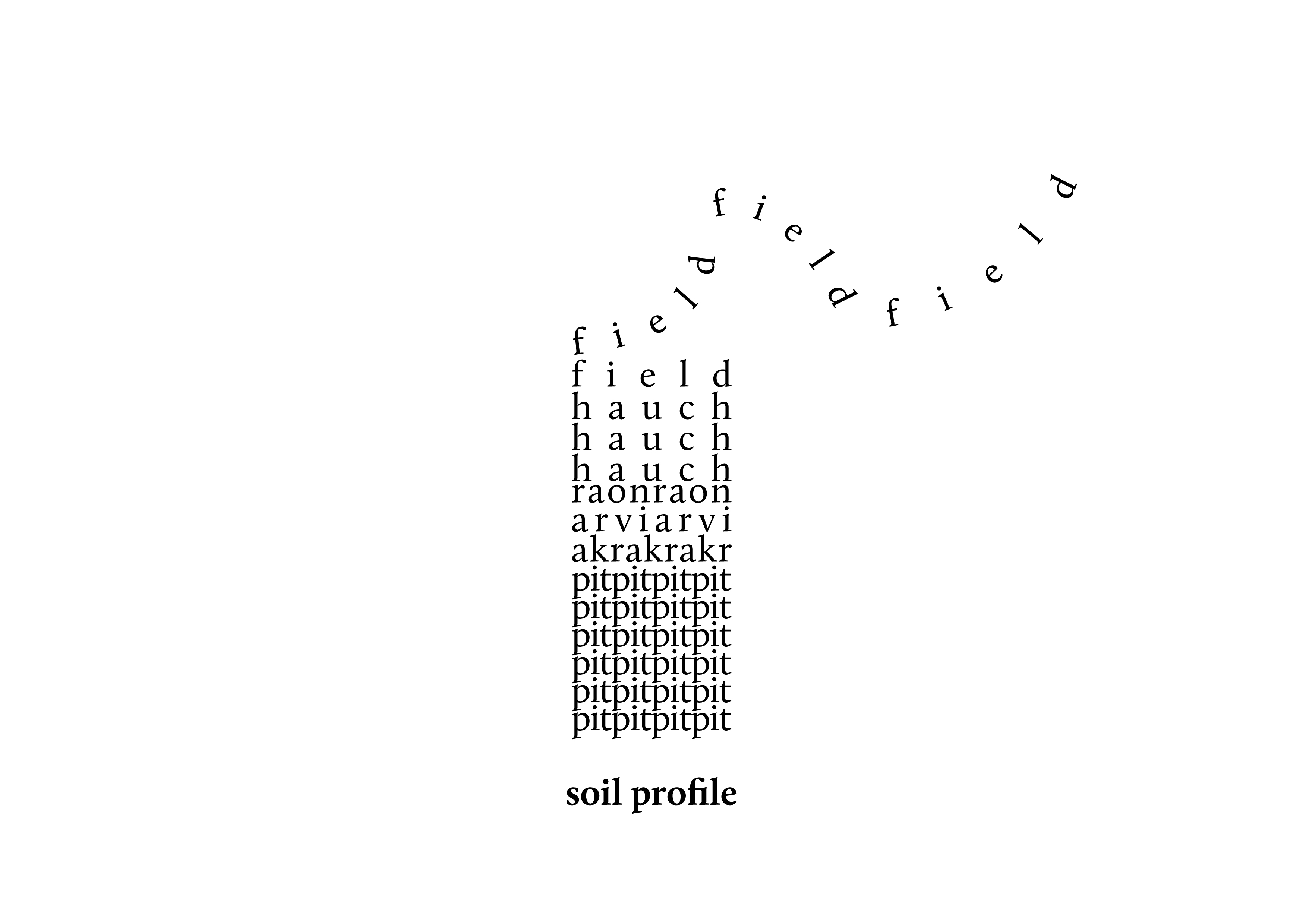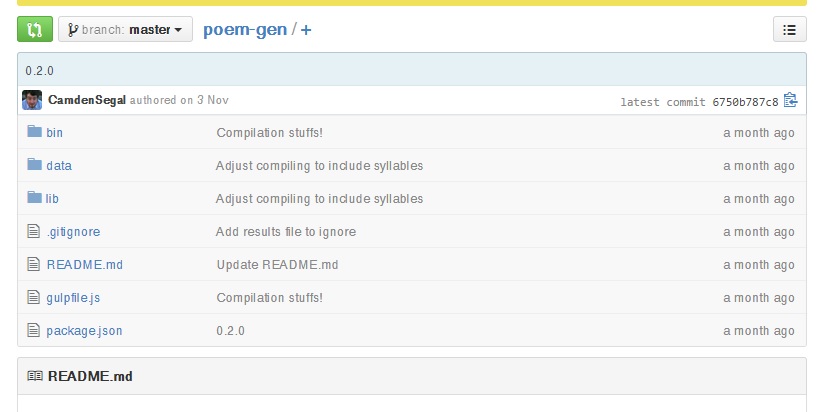Cerise Press: Fall/Winter 2012-13 (Vol. 4 Issue 11)
-Reviewed by Harry Giles–
One of the things I appreciate most about web journals is their architectural nature: where a book is a linearly curated experience, themes developing more or less rationally, a well-built website is more obviously a co-curation between editor and reader, with multiple pathways and directions of reading readily available. Every web journal is more like a room of writings than a book, and that makes it easy to draw parallels to other architectural experiences. Cerise Press‘s regular editions are like stepping into a gorgeous (yet tasteful) salon filled with an intimidatingly erudite and international crowd of writers, talking with each other about a myriad of fascinating and impossible things in at least seven different languages at once.
Cerise curates English language poetry, international poetry in original and English translation, fictions, essays, interviews, reviews and photography and art galleries. I’ll concentrate here on the poetry and fiction; Cerise’s expansive scope would require more than one review to fully cover.
The original English poetry is all from poets based in America, and all from poets with impressive cultural capital: NEA awards, teaching positions, editorships, multiple prizes and major credits. This stands out in a web journal, and, along with Cerise’s elegant design, lends the site unusual gravitas for the internet. In style, there’s also little evidence of alt-lit, Flarf, or other of he more vernacular and searching internet poetry movements, though their influence is present.
Mia Ayumi Malhotra’s ekphrastic ‘Horse, Rider‘ gives a clear example of the curatorial style: her measured, stately lines strongly summon the poem’s statue, with alliterative devices singing through the stanza:
“Eyes gleam like rabbits’ through the fetlock,
what remains: a leg, fractured in four,
fused and balanced on the hoof’s edge.”
In Malhotra’s elevated diction, the broken statue finds a contradictory wholeness and completeness – the poem is not fractured, does not dwell on what is absent and elusive, but on the statue’s mineral presence, its “Parisian marble left unsanded at the neck / each curl tightly wound.”
Other stand-out moments come in Lightsey Darst’s pair of poems, showing a quite different style. Here there is meaning in the gaps between words and lines, fractured syntax, idiomatic phrases – though these moments are spare and carefully deployed, rather than the structure of each poem. In ‘Swiftly, in an ice mistake‘, for example, creative theology builds to a moment when:
“He withdrew
to make space in which we, remnant, contract
can trace that rivering wind from mars along your spine-bones
never mind.”
If the contemporary American poetry that headlines the collection forms a definite and steady whole, a showcase of dominant local movements, then the translations are a much broader selection, more wide-ranging and eclectic. This edition features new translations from Rilke’s ‘Windows‘ and of Du Mu’s ‘Spring, South of the Yangzi‘, alongside much less well-known poets like Italy’s Francesca Pellegrino and Vietnam’s Phan Nhiên Hạo. It is thus harder to draw conclusions here about Cerise’s role and positioning, save that it is doing much-needed curation in giving space to international voices and styles, which is again particularly unusual in English language web journals. This role is particularly well-performed by excellently-designed presentation, allowing for viewing originals (in good font-sets) alongside translations.
Phan Nhiên Hạo’s poetry, in translation by Hai-Dang Phan, is a highlight for me here, with huge scope and breadth of feeling. Fish in a well presents a simple narrative with multiply-layered meaning:
“When we were young my cousin
caught fish and fried them
some he dropped into the well
its water muddy and shallow
he said: ‘These are the lucky ones’”
The direct description and story-telling here contrasts with the more abstract explorations of other poems, such as the witty ‘Flying a single engine airplane, fuel almost empty, and need to pee‘:
“How much longer can I keep flying
this arthritic airplane looking down at the line of people
waiting for some meat at the Temple of Literature.”
Here inward-looking speculation jars against defective machinery, the stuttering self replayed in a distinctly non-American view of technology as as unwieldy and deficient as the body of the writer.
Unfortunately, not all the translations are as well-introduced as these. While the notes on these poems and on Rilke’s are illuminating, some of the others are more preoccupied with interpreting the writing or saluting stylistic flourishes than explaining national and poetic context. When reading poetry in translation, what I find I need is an understanding of where a poet sits in their national poetics and what their particular use of native language accomplishes artistically and culturally. I found engaging with Chantal Dupuy-Dunier’s and Gleb Shulpyakov’s in particular more difficult for this reason, with the translators perhaps assuming more knowledge on the reader’s part than may be present.
Like the translations, the fictions collected are more eclectic, and also international in outlook. It is peculiarly noticeable that the authors here tend to have less luminous credits than in the poetry section, though the work is also excellent – this, along with the section’s brevity and positioning under “Essays”, leads me to assume that fiction is not Cerise’s particular speciality.
Jozefina Cutura’s Bosnian-based stories have a simple style that nonetheless conjure distinct images of Bosnian experience. Their directness allows for rather than prevents mystery – rather than using narrative devices to construct literary puzzles, the enigma at the heart of each is simply what makes people act as they do, as mysterious to the first-person narrator as to anyone. Jadyn DeWald’s short fictions (prose poems , perhaps?) come from an entirely different literary place – cerebral, full of stylistic verve and delight in description, while J.M. Villaverde offers a wry and delightful fable in ‘The Interpretation of Dreams‘. With such variety in only three authors, it would be exciting to see Cerise expand its ambition in this department.
Cerise Press’s work overall sees a more established (and better-resourced) poetry culture – one with firm roots in academia, with its benefits as well as its restrictions – moving into the online sphere. While many contemporary web journals are rooted in digitally native poetics, and driven by youthful and web-driven social currents, Cerise Press brings the work we’d more often expect to find in print journals freely to an online audience. We are lucky to have such a high quality and ambitious publication expanding the reach and abilities of the web journal medium.





